Are You Vulnerable To Ransomware? 6 Questions to Ask Yourself
Vipre
MAY 5, 2021
For instance, failing to educate users on the dangers of phishing amounts to business malpractice. Your answers should make it obvious in which areas of security you need to invest: Are you training users on the dangers of phishing? 66% of ransomware infections are due to spam and phishing emails.


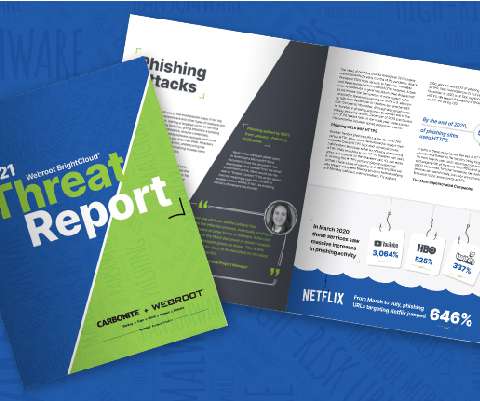
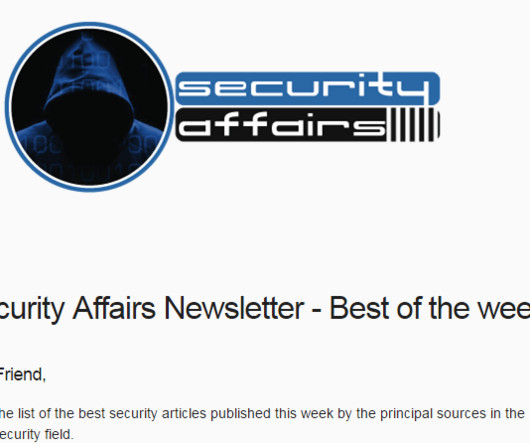
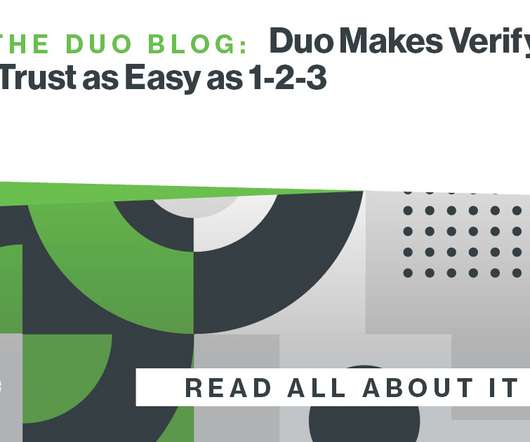

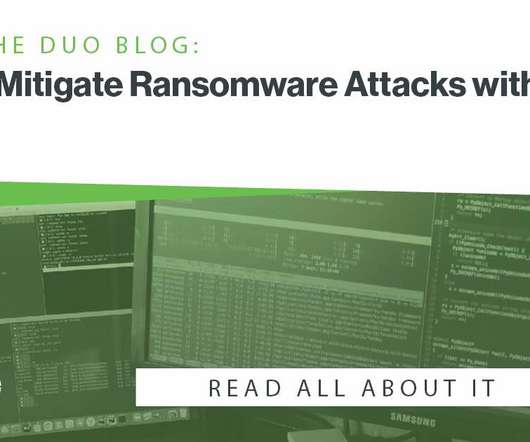
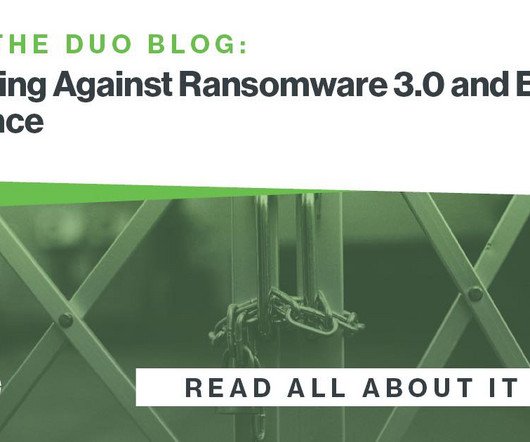









Let's personalize your content